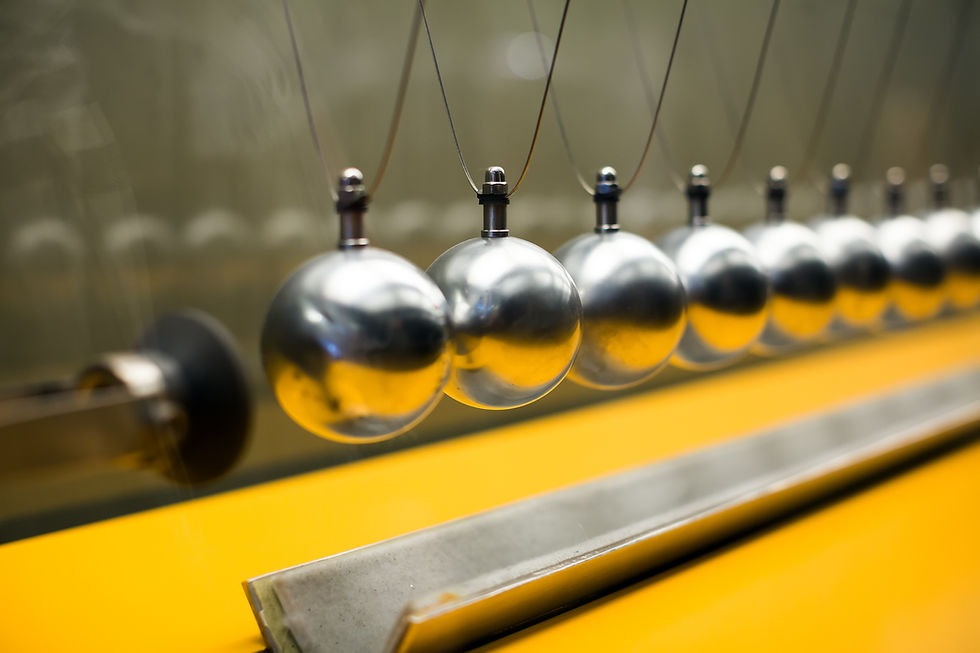The Stages of Cultivated Meat Manufacturing
- raziframzan48
- Feb 20, 2023
- 2 min read
Updated: Feb 27, 2023

With the rise of cultivated meat companies, we are witnessing explosive growth in the sector with an estimated market value of USD40 billion in 2020.
However, much has to be understood when investing in cultivated meat companies. Therefore, we would like to share the typical steps of the cultivated meat manufacturing process.
The first step in cultivated meat manufacturing is cell line procurement. This is the process of extracting a cell line from a tissue sample based on a defined set of criteria. The criteria are based on the cell line's ability to grow and metabolize. To obtain quality cell lines, there are numerous companies that provide ready-made cell lines with proprietary frameworks and protocols for growing these cell lines, which is called cell banking.
The next step is cell proliferation. Companies typically receive their cell lines in vials, and these cells are then placed into different bioreactors. In the future, facilities may have multiple variations of these bioreactor lines operating in parallel to create different products or the same product on a larger scale. Subsequently, different media formulations are used to facilitate growth. In some cases, companies will differentiate and mature their cells using scaffolds to create structured tissues. New bioreactor designs may be required for different products and manufacturers. Scaffolds can be made from food-safe, non-animal, edible, or biodegradable materials. Examples could include alginate, textured vegetable proteins, and cellulose.
The third step is harvesting. This is where the tissues created are pressed together or squeezed out to harvest through a centrifuge. Once cells or tissues are produced, they are washed and harvested by a variety of methods, some of which may need to be developed.
Lastly, there is the end product, which depends on the texture, finalization, and packaging design. For example, it can be in the form of nuggets, sausages, or patties. Grinders and other food processing machinery are used to shape the end product.




Comments